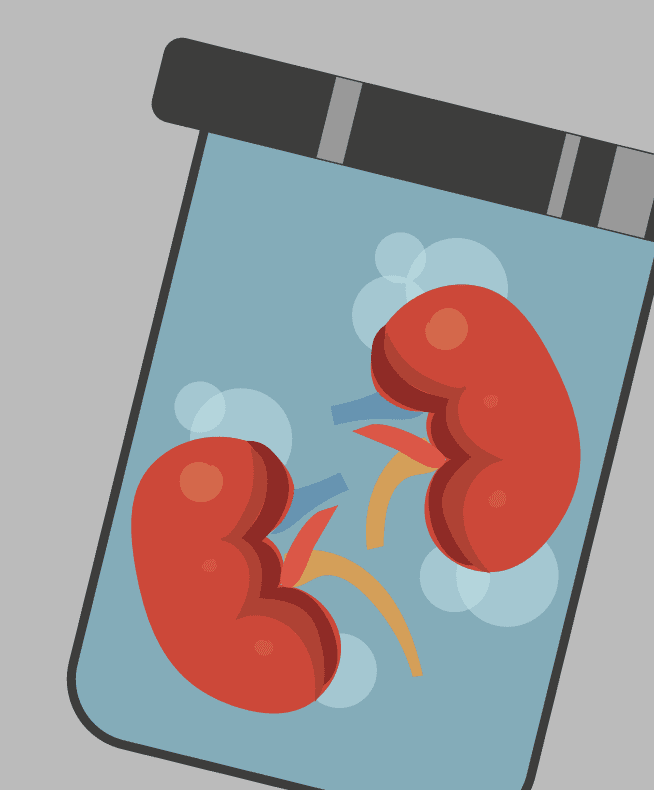Stem cell therapy is one of the latest technologies equipped to transform medicine. One extremely important application of stem cells are organoids – miniature, simplified organs grown in the lab. The tiny organs are 3D tissue-like structures around one millionth the size of an adult human organ, with profound implications for drug testing and studying diseases like cancer and viral infections.
The research goes as far back as 1906, but the methodology for growing organoids has rapidly progressed since the 2010s. Even with massive breakthroughs, organoids were still seen as complements to other forms of testing due to their lack of a nervous system, immune system or vascular structure. But medical researchers have now solved this problem.
Scientists from the Wake Forest School Institute for Regenerative Medicine have just created the most sophisticated lab model of the body using microscopic organ replicas, including the liver, heart, lungs, blood vessels, testes and brain. Built from tiny samples of human tissue and stem cells, these organoids last a minimum of 28 days and mimic many functions of their life-sized equivalents. For example, the heart organoid pumps about 60 times per minute just like a regular human heart!
This ground-breaking development has so much potential for the medical industry and, I believe, for fighting future pandemics. Here’s how…
Faster, cheaper drugs and vaccines
According to a study from the American Journal of Gastroenterology, it costs about $868 million to $1.24 billion USD to develop a drug (which is over $1.4 billion to $2 billion AUD). Many drugs are pulled from shelves because existing testing models, including animal trials, can’t adequately predict toxicity to humans. This makes the price tag even higher.
Vaccine development is also a long and complex process, typically lasting 15 to 20 years. Despite this, researchers are hoping to have a vaccine for COVID-19 ready at a global scale in 12 months. This would be an unprecedented achievement, especially since there’s still so much we don’t know.
However, the recent organoid innovation can save us the time and money in future virus outbreaks. The tiny organ system contains a realistic mixture and the correct number of cells, making it much more predictive of human biological responses compared to traditional cell cultures. They are grown in 3D and have a blood circulatory system just like ours, providing experts with a more comprehensive understanding of how diseases impact the body and how viruses spread in human cells. Because of these properties, the organoids can determine if a drug is toxic to humans and if the vaccine is effective very early on in their development.
The end of animal testing
We are heavily reliant on animal models for drug and vaccine testing in the lab. As I’ve discussed already, these models are often inaccurate and extend the research process. The organoids, on the other hand, can imitate the human body for clinical trials and skip the animal testing phase altogether. They also provide an unlimited supply of material for study (given their stem cell self-renewal properties) along with ethical benefits.
Personalised treatment
Viral infections affect each human being differently, as we have seen with the new coronavirus. This makes it difficult to understand virus behaviour and develop appropriate treatments for everyone. But organoids can take tissue directly from a patient to create a better understanding of virus behaviour in that individual.
An organoid contains the DNA of its donor, and it carries the personal characteristics of that donor. This allows researchers to study differences between age groups, sexes and genetic make-ups, providing a great visualisation of how viruses spread in different people. This raises fascinating possibilities for personalised medicine and treating patients in future outbreaks.
Organ transplants
Amid coronavirus transmission fears, organ and blood donations have shrunk. Donated lungs suspected of containing the virus won’t be used. The pandemic has also caused delays for non-critical surgeries and transplants. This increases patients’ time in the hospital, where risk of exposure to the virus is higher compared to a home setting.
The ultimate goal of organoid research is to grow working organs for transplant. We are still far away from this, as organs are complex self-organised systems that have evolved over hundreds of millions of years. Nonetheless, the most recent label model of organoids is a giant step forward and re- searchers can see a path to get there. When it does happen, we will no longer require donors and enter a new age of medicine. That’s pretty massive.
There is no doubt that organoids will act as an important stepping stone to more advanced treatments. Their applications, along with other major scientific developments soon to come, equip us with a revolutionary tool that can transform medicine and the way we handle diseases.
We acknowledge the Ngunnawal and Ngambri people, who are the Traditional Custodians of the land on which Woroni, Woroni Radio and Woroni TV are created, edited, published, printed and distributed. We pay our respects to Elders past and present. We acknowledge that the name Woroni was taken from the Wadi Wadi Nation without permission, and we are striving to do better for future reconciliation.
